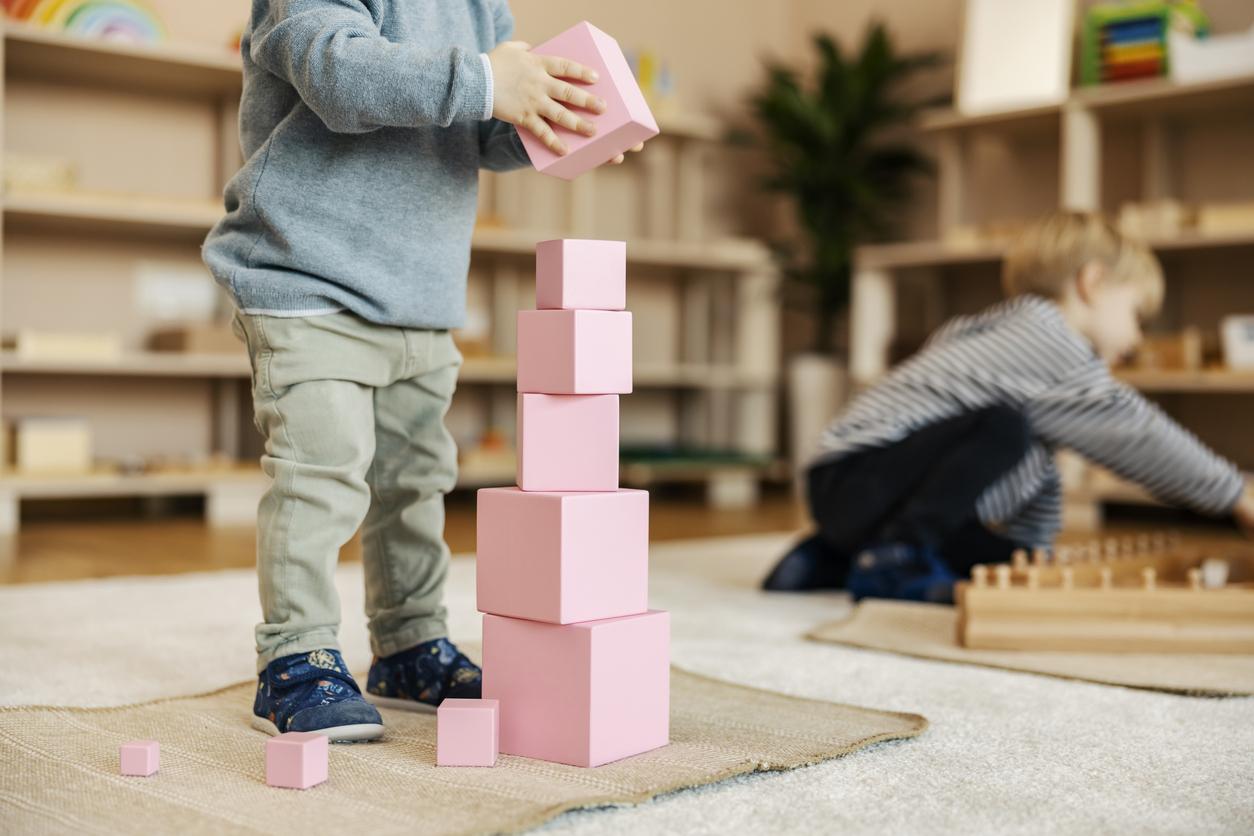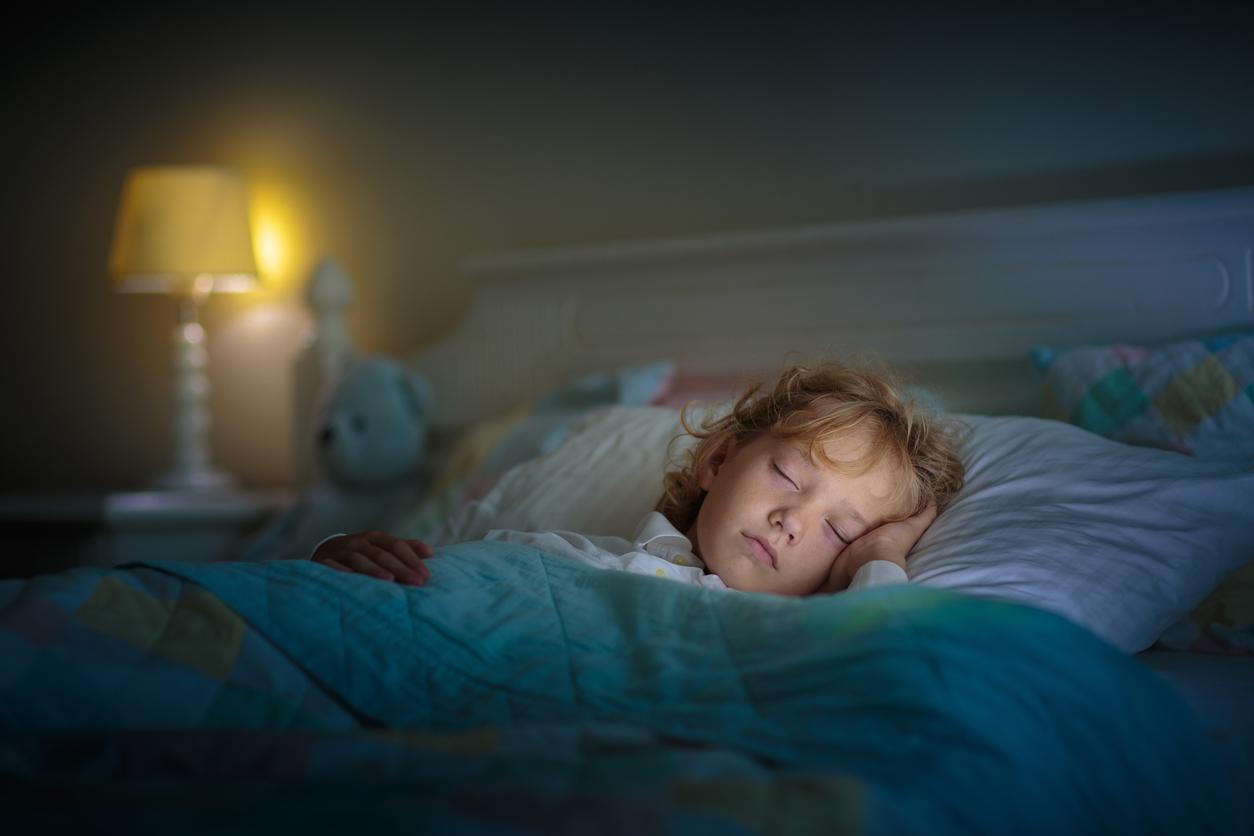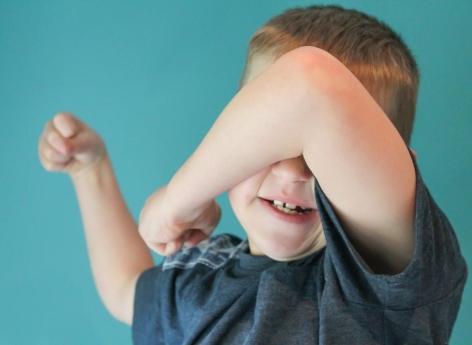Formaldehyde, phthalates, aniline, bisphenol A, heavy metals, brominated flame retardants, azo dyes …, some toys are a mine of chemical compounds. This finding is all the more alarming given that young children are particularly vulnerable to pollutants: their lungs are immature, their skin is more permeable, their immune system is in full development, as is their nervous system. However, from an early age, children bathe in a chemical cocktail. For many specialists, this exposure is not unrelated to the increase in the prevalence of allergies, chronic diseases and cancers in children.
How do you choose the right toys for your children?
Choose toys made in Europe, even if the CE logo is not a guarantee (affixed by the manufacturer himself, it means that he is committed to respecting European safety rules).
Choose products bearing the words “without phthalates“And” PVC free “. The most dangerous phthalates are banned for children under 3, but more may be in the years to come. In the meantime, we abstain.
For plastic toys, avoid those containing in the small triangle the numbers 3, 6 or 7. They may contain bisphenol A.
Avoid scented toys, choose untreated wooden toys, without varnish and without toxic paint.
Unpack new toys and let them “degas” for several days before giving them to your child.
Toy & label
There is no single label guaranteeing the absence of toxic products in toys. However, some labels provide some guarantees: for textile toys, the Oeko-tex Standard 100 label guarantees the absence of toxic chemicals, the German SpielGut label guarantees toys without toxic substances. The new NF EN 71-3 standard controls the migration of 19 chemical substances potentially present in toys: aluminum, antimony, arsenic, barium, boron, cadmium, chromium (2 forms), cobalt, copper, lead, manganese, mercury, nickel , selenium, strontium, tin, organotin compounds and zinc.
Toys, bacteria reservoirs
According to an American study published in December 2013 in the journal “Infection and Immunity”, some bacteria survive longer on inanimate surfaces such as toys. The bacteria Streptococcus pneumoniae and Streptococcus pyogenes (in particular responsible for ear and respiratory tract infections) would indeed remain on the surface of toys and other solid inanimate objects in the form of biofilms. Conclusion: baby’s toys are cleaned regularly.


















